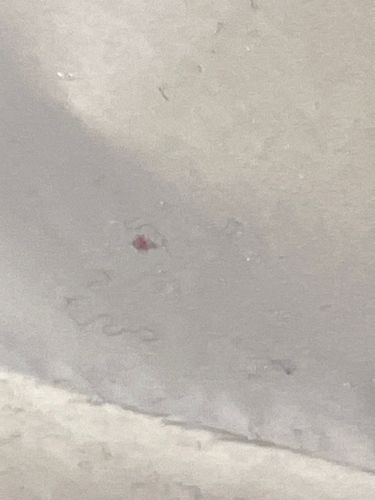Clover Mite
Scientific Name: Bryobia praetiosa
Order & Family: Trombidiformes, Tetranychidae
Size: Approximately "0.75 mm" to "1 mm" in length

Natural Habitat
Found outdoors in turf, clover, and various plants, often moving indoors, particularly in cooler weather or drought conditions, seeking shelter in cracks and crevices around windows and foundations.
Diet & Feeding
Feeds on the cell sap of many plants, including clover, grasses, ornamentals, and agricultural crops. They pierce plant cells with their stylets and suck out the contents.
Behavior Patterns
Clover mites reproduce asexually (parthenogenesis). They are most active in cooler weather, especially in spring and fall. They do not bite people or pets, but when crushed, they leave a red stain. They often gather in large numbers on sunny sides of buildings and may invade homes.
Risks & Benefits
Potential risks include nuisance infestations indoors and the ability to leave reddish stains if crushed on light-colored surfaces like walls, curtains, or furniture. They are not known to transmit diseases or cause structural damage. They have no significant benefits to humans, though they are part of the larger food web for predatory mites and some insects.
Identified on: 10/31/2025